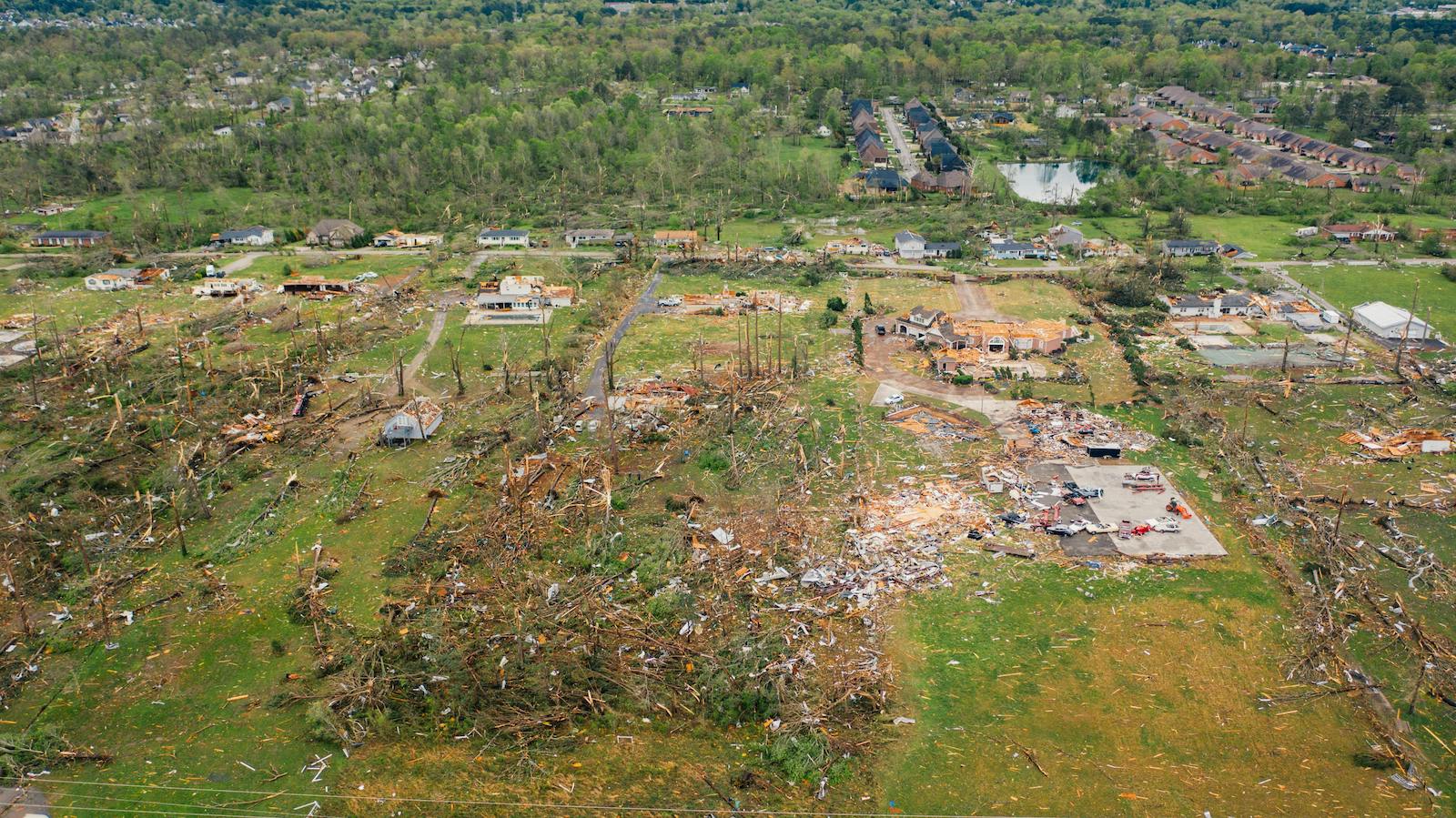This is the fourth article in a four-part series. You can find the first part of this series here, the second here and the third here.
I've worked in the insurance industry for more than 35 years, and I’ve never been more energized about the possibilities before us than right now. Working in both personal and commercial lines, including excess property, I’ve seen how technology has enabled the practices of exposure management, underwriting and claims to evolve from manual processes and “pins on a map” to complex, computer-driven workflows that enhance an insurer’s ability to provide superior products and services to their customers.
At
SpatialKey, we’ve been working diligently with several of our insurance clients to develop an automated event response solution that addresses key challenges:
- Meeting growing customer demands in a highly competitive insurance landscape.
- Driving cost-savings and increased profitability through more efficient event response and claims processes.
- Anticipating and preparing for more frequent and extreme peril events, particularly in parts of the U.S. that are more susceptible to climate change.
Some of the event response challenges I’ve heard directly from insurers, brokers and MGAs include:
- “I need to know what happened when I was sleeping, traveling or working on something else—without having to jump through hoops to find out.”
- “We’re dealing with time-sensitive situations, but the manual nature of exposure data collection, event monitoring, as well as data research and procurement, delays our ability to respond to events expeditiously.”
- “I need a solution that not only focuses on events that I need to be concerned about but also allows me to filter out the noise from events that I don’t care about.”
These comments point to the pressing challenges insurers face during catastrophes—specifically around speed, efficiency, accuracy and how an automated solution can help to solve them.
See also: Moving Toward Prevention, With IoT
Insurers are in a squeeze play to find places where they can drive operational efficiency and reduce expenses. Event response and claims automation is a great place to start. It doesn’t require large financial commitments or heavy investments in time and IT resources, and, better yet, the impact is immediate. I know first-hand that event response automation is on the “transformation radar” for many of the organizations I work with. They simply have to make it a priority to automate pieces of the event response process to meet growing business and customer demands.
So, the question isn’t whether you
should automate your event response operations. But rather...
What are the key requirements of an automated solution? And, can a solution meet my specific business needs by delivering on criteria that will set my team up for success?
7 key questions an automated event response solution should answer for you, include:
- What are my current exposures? You can’t have an accurate understanding of an event’s impact without the most recent exposure data. A data import API ensures your data is updated regularly, and that you’ll always have a current snapshot of exposures to work from.
- What expert data is available? Streamlined and centralized access to trusted third-party hazard data as it becomes available is imperative. You shouldn’t have to procure and process expert data yourself. Likewise, you should be readily informed of new data sources as they become available.
- What happened? You should be the first-to-know about an event and its impact to your portfolio—so, when management looks to you for answers, you can be confident in your preliminary assessment. To achieve this, you need an automated system pushing you results so you don’t have to pull reports and analytics yourself. By clicking a single link in an email, you should be informed of the geography and severity of an event. This means analyses are executed automatically based on your latest exposure, as well as your predetermined financial and peril-specific thresholds.
- Do I need to care? Relevance is a critical asset because it prevents information overload during a time-sensitive process like event response. A custom approach to event notifications enables you to operationalize peril and exposure specific thresholds based on your company’s exposure knowledge and claims experience (e.g. $10 million in limit affected by hail that is two inches or greater). This filters out the noise by enabling you to define what’s important and then act expediently.
- What’s my financial impact? Instead of scrambling to manually pull information together for stakeholders, a pre-packaged report should be automatically generated for you. The ability to quickly assess financial impact, provide input on capital expectations and manage stakeholder expectations are all critical to your company’s preparedness and requires a financial modeling engine that delivers results that matter most.
- Where do I need to focus my outreach and service to affected insureds? To differentiate your business, customer outreach is imperative. By quickly pinpointing exact locations and accounts affected, you can serve your insureds—whether that means picking up the phone or putting boots on the ground. An event response solution should provide you with actionable information along with advanced analytics that enable you to further plan and communicate your strategic claims response.
- How can I dive deeper into the event? Because automation has saved you so much time answering the last six questions, now you can dig even deeper into the event. This requires an advanced analytics solution like SpatialKey that enables you to ask more questions of your data, analyze the event progression, pull in claims history and rate/premium information and average annual losses, etc.
You can think of the seven questions I’ve answered here as requirements for success in the new competitive landscape of P&C. Insurance organizations are facing greater scrutiny as catastrophic events become increasingly volatile. As such, how effectively you prepare for and respond to these events can either be an asset to your business or a detriment.
It’s time to move from “react and respond” to “prepare and serve”
A company’s ability to follow through on its commitments and service is a competitive differentiator. If your
event response processes run more smoothly—if they're built for performance—this translates to a more satisfactory customer experience. As one of my clients recently noted,
“We’re not the cheapest coverage out there. So when it comes to shopping for insurance at renewal time, our service is what makes the decision to renew a no-brainer.”
See also: Natural Disasters and Risk Management
A solution like SpatialKey can modernize your event response operations without disruption or heavy investment, creating both operational efficiency and customer satisfaction. By moving from "react and respond" to "prepare and serve," you are modernizing your processes to meet the growing demands and expectations of your customers and shareholders.
Technology will always be a moving target, and you may feel like you’ll never get ahead of the curve. But when you're pursuing transformation initiatives, it's important to consider your
total investment.
Automating your data and analytic operations shouldn't require major service disruptions or heavy hardware spending.






